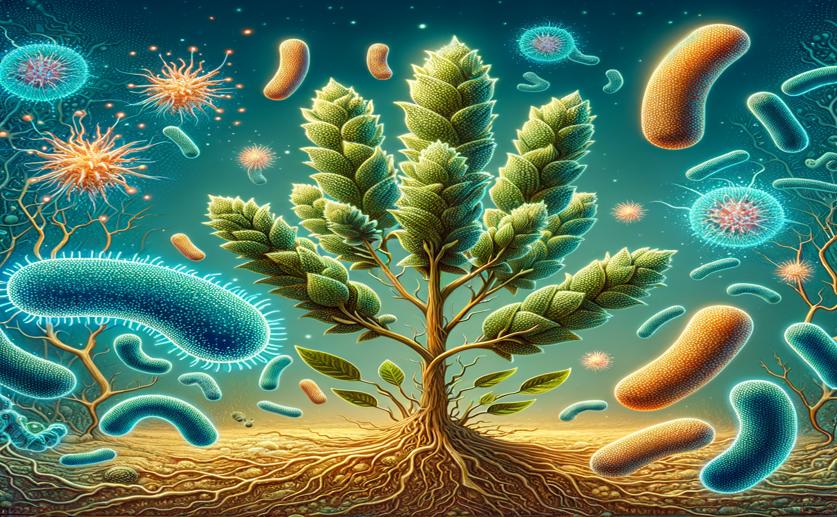
How Friendly Bacteria Help Sesame Plants Fight Harmful Infections
Greg Howard
3rd July, 2024

Image Source: Natural Science News, 2024
Key Findings
- In Egypt, sesame plants are severely affected by the fungus Macrophomina phaseolina, causing diseases like damping-off and charcoal rot
- The study found that Streptomyces violaceoruber and Streptomyces hirsutus significantly reduced these diseases in sesame plants
- Streptomyces-treated plants showed better growth, higher nutrient content, and increased seed yield and oil concentration compared to untreated and fungicide-treated plants
AgricultureBiochemPlant Science
References
Main Study
1) Impact of Streptomyces on sesame plants under Macrophomina phaseolina infestation
Published 2nd July, 2024
https://doi.org/10.1186/s41938-024-00801-8
Related Studies
2) Streptomyces: implications and interactions in plant growth promotion.
3) The complex extracellular biology of Streptomyces.
4) New frontiers in agriculture productivity: Optimised microbial inoculants and in situ microbiome engineering.



 27th June, 2024 | Jim Crocker
27th June, 2024 | Jim Crocker